I am immensely grateful to the three young Egyptian filmmakers whose film Tahrir 2011 took me on a breathless 94-minute ride through the making and breaking of a dictator. In this case, Egypt's 30-year president, Hosni Mubarak. If you think you already know what happened during the 2011 Egyptian Revolution, think again, and go see this film. Tahrir 2011 made its North American premier September 17 at the Toronto Int'l Film Festival. I was exhilarated and exhausted after watching the film, made in three chapters, "The Good, The Bad, and The Politician."
Yes, Mubarak was a politician. But had he been a good one, there would be no film nor would at least 846 protesters have been killed in the 24-hour per day, 18-day revolution from January 25 through February 11. Though the 11th ended Mubarak's reign, the revolution has become an evolution as Egyptians sort out their new goals.
The Good
In this first chapter, a small band of young citizens spontaneously swells to several hundred thousand people shouting slogans like "The people demand the fall of the regime!" When force was used against them, they reacted by throwing rocks and hurling police tear gas bombs back at the police. When they were ignored, their shouts became more specific as in "We'll go when you go!" Elsewhere, 5-6 million others demonstrated, performed acts of civil disobedience and labor strikes to show support. 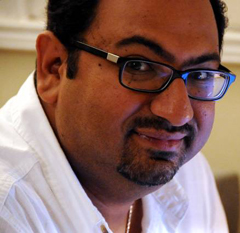
Filmmaker Tamer Ezzat (left) introduces several revolutionaries -- a physical therapist, a photographer who says groups of men physically protected him and other photographers, two women, and Osama, a college student who had recently joined the Muslim Brotherhood. He and a small band of young citizens wanted to create a one-day anti-government demonstration via Facebook. He was one of the first to arrive near Tahrir Square on January 25.
I was discouraged because there were only 60-70 people there. The date had been announced on Facebook. Suddenly I saw a large band of people gathered in another area, and I felt maybe this is going to happen. It was a godsend. As it grew, even the organizers didn't expect the demonstration would happen like this. We'd joke, 'a demonstration started on Facebook?'
A man started shouting slogans, and we followed him, thinking Central Security, who were everywhere, would soon arrest us. Then we all moved toward Tahrir Square. Security was just standing there, around the edges and avoiding any contact. Then armored vehicles came in with water tanks spraying people to push us back.
Days later, when the effort to push into Tahrir Square became more intense, Osama took a bullet to the jaw that still hasn't been removed. Mubarak, in denial that he was the object of the uprising, steadily elevated his forces from police to Central Security to the military. Weaponry was elevated, too, from water-spraying to tear gas to beatings and rubber bullets to guns and gas bombs.
The crowd, recognizing its own numbers, finally charged into Tahrir Square, suffering blows from police batons and worse. So many suffered wounds and fractured bones that doctors set up temporary hospitals around the square. This film didn't offer numbers, but reliable sources say 6,000 were injured. The therapist says,
The entrance road to the hospital was blocked by people with fractures. Orthopedists taught us to make splints using cardboard.
Inside "Tahrir City," a division of labor became necessary. Some became purveyors of food and liquids for the others.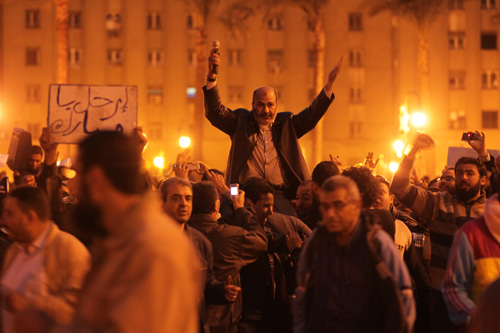
Nazli, a young woman, witnessed the killing of a woman next to her the first day she joined the revolution.
A veiled woman was next to me with two young veiled girls. A gas bomb fell right inside the mother's gown. I thought she was dead for sure. She shouted to her daughters "Don't look! Keep going!" It was contagious. We all ran. I hung out in small tents set up as a Media Center. People brought in photos, videos. If one day there was a trial, we could present this archive rather than try to locate single videos on cell phones. We managed to upload things online. There was no Internet, but people had their ways.
Later, we see Nazli shaking hands with a young male revolutionary in the Square. Both were smiling. In her voice-over, she says, "For the first time, I felt like a person, not a girl. It was great."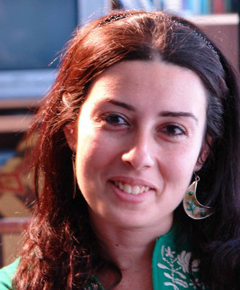
The Bad
In this chapter, filmmaker Ayten Amin (right) took her many questions to the police and both Central and State Security forces after the regime fell. The men look very different now without their black uniforms and black helmets with drop-down visors. She wanted to know how they felt about having used brute force against their compadres. Each man justified his actions as 'doing my job.' However, by listening to the Security cop's voice or carefully scrutinizing the police officer's face, regret is there.
"When you couldn't stop them and they were passing through to Tahrir Square, were you disappointed?" she asked one. "As an officer, yes," he replied, "yet as they went into the square, that feeling of defeat disappeared. I, too, wanted the regime to fall.
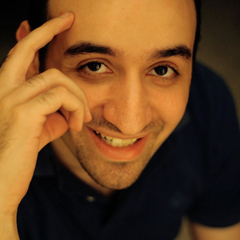 The Politician
The Politician
In the film's last chapter, filmmaker Amr Salama (left) lists "10 Lessons on How to Become a Dictator" that Mubarak must have penned into his Koran. Salama uses old footage and photos to prove it. The first lesson? Use hair dye. Others? Put your photos everywhere and have them all Photoshopped. Put your name on events, buildings and highways.
Salama obtained interviews with prominent Egyptians who candidly, as never before, give intimate details about how Mubarak held power for so long, stifling the will of his people. Interviewees include the ex-director of the International Atomic Energy Agency (AEA), the Secretary General of the World Association of Psychiatrists, high-ranking members of the former Mubarak government, and the leader of the opposition party, Dr. Mohamed El Baradei. Each man nailed Mubarak for being both crooked and mentally incompetent.
For him, the idea of opposition was mentally and emotionally unacceptable.
When you give someone absolute power over the people, something changes in their brain. It's like heroin, giving up that power would cause severe withdrawal symptoms.
El Baradei said Mubarak protected his presidency by enacting rules forbidding more than two candidates to run against him. Those two had to be unknown people from "flimsy parties."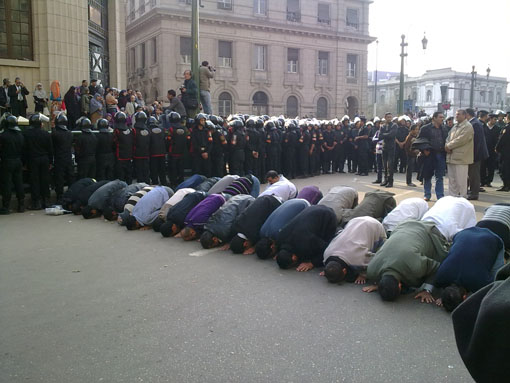
The Egyptian word "tahrir" means liberation. If only we Americans could liberate ourselves from our own band of incompetent politicians. This film suggests it might take millions of people demonstrating nonstop, especially when elections are fixed or voters suppressed or both.
This film should be seen by young and old everywhere to learn the price people pay by waiting too long to oppose corruption and unjust, ineffective leadership. We do this because we're either afraid or too divided to see our common enemy. That's why it's the youth, undivided by religion or parties, who start revolutions.